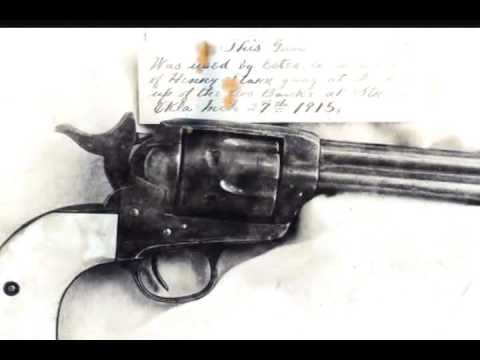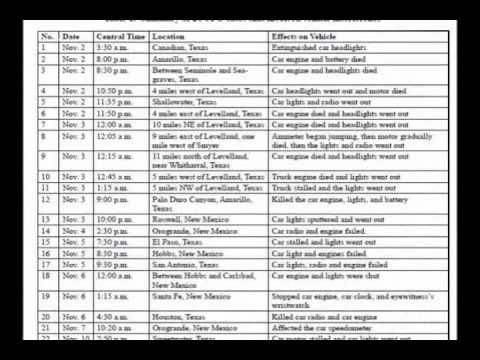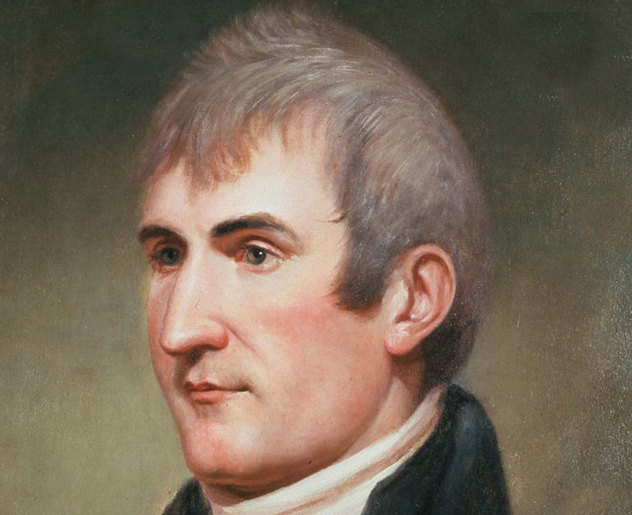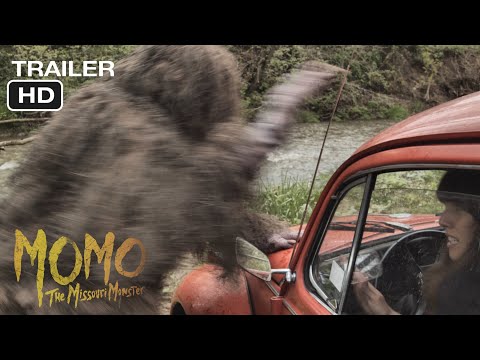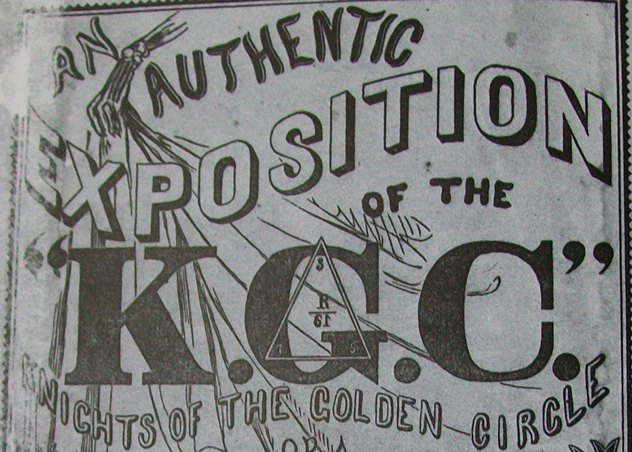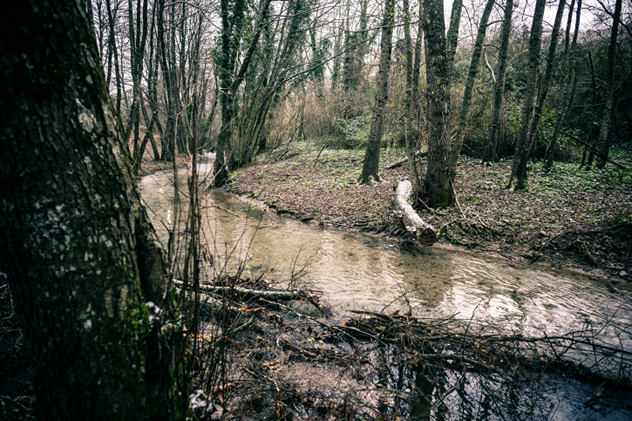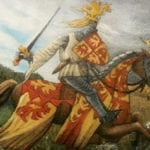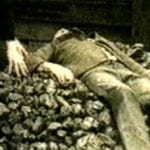To find out more about these odd enigmas, read on to discover some of America’s more interesting yet less famous mysteries.
10Henry Starr And The Stevens County Treasure
Of the many famous outlaws who roamed and terrorized the Wild West, Henry Starr stands out as one of the most interesting, yet few people today remember him. From a young age, Henry was exposed to a life of crime in his native Oklahoma. The so-called “Cherokee Bad Boy” was the last in a long line of thieves and criminals, which also included the famed Belle Starr, one of his close relatives. He began his career as a small-time bandit by stealing and taking horses, eventually escalating to murder when he gunned down a Deputy US Marshal in 1892. He was imprisoned for these crimes but later released on a technicality. Starr returned to his criminal ways after his release, eventually deciding to take up the highly profitable pursuit of bank robbing. He wound up in jail a few times, but he went on to hold up around 20 banks in the early 1900s, expanding his criminal ventures into Kansas and Arkansas. This would end badly for Starr—he was blasted through the chest with a shotgun during one bank heist in Harrison, Arkansas. During his long run as a criminal, he claimed to have stolen over $60,000 by the time of his death in 1921. None of this is a mystery, though—the real mystery pertains to the large stash of loot he supposedly buried somewhere near the Cimarron River in Stevens County, Kansas. Starr reportedly told others that he hid his secret cache in a spot where nobody would find it “in a million years.” So far, no one has come forward with the loot in the 95 years since the outlaw’s death, so maybe his prediction will stay true.
9Levelland UFO Sightings
One of the most incredible UFO sightings in ufology occurred on November 2, 1957, when dozens reported strange things in the skies over Levelland, Texas. The sheriff’s office and on-duty Patrolman A.J. Fowler were flooded with calls from scared citizens reporting bright lights in the sky. Shortly after 11:00 PM, Pedro Saucedo and Joe Salaz called in when their pickup truck suddenly rolled to a stop as they watched a 61-meter (200 ft) cigar-shaped object fly overhead. Moments later, their truck started back up again, as if nothing happened. For the time being, Fowler shrugged off the report. Later, however, more reports came in from others claiming that their vehicles had stalled while either watching a UFO in the sky above or encountering bright objects just sitting in the road. Fowler wrote down that the sheriff’s office took over 15 calls on these strange lights. At 1:30 AM, Sheriff Clem and Deputy McCullough left the station to track down the lights in the sky. Just outside of Levelland, they witnessed a “large, glowing object” fly over the highway ahead of them. For about three hours, the skies over Levelland and the surrounding area were filled with strange lights. Dozens of witnesses came forward, and the Air Force conducted a brief investigation. They said the UFOs and lights were nothing more than ball lightning, a natural weather anomaly. While lightning was spotted hours later in nearby Lubbock, many still claim something truly paranormal was over Levelland on that odd autumn night.
8Meriwether Lewis’s Death
Meriwether Lewis, who led the famed Lewis and Clark Expedition alongside William Clark, returned to St. Louis, Missouri in 1807, after his long trek through the vast Pacific Northwest. For a year or so, he dabbled in politics and was appointed governor of the Upper Louisiana Territory by his friend, President Thomas Jefferson. On September 3, 1809, he set out for Washington, D.C. to settle some business matters. However, he never made it there alive. Lewis decided to take the Natchez Trace route, a rugged trail going east to Washington, D.C. He stopped at Grinder’s Stand, a small inn on the trail, to rest for the night of October 10. That evening, the innkeeper’s wife, Priscilla Grinder, reported that Lewis was behaving erratically and kept pacing around the inn’s dining area. Shortly after dinner, he retired to his bedroom. In the early morning hours of October 11, Priscilla said she heard a couple of gunshots and watched Lewis drag himself out of his room, crying out for help. It is unclear why she didn’t aid him, which also casts doubt on her story. Servants in the inn found Lewis on the floor, suffering from a gunshot to the abdomen and another to the head. He died shortly after sunrise that morning, at the age of 35. In the history books, Lewis’s death remains a suicide. Many experts cite his alcoholism, his financial situations, and his failure to find the fabled Northwest Passage as motives for the suicide. Some scholars (and his family) contend that the explorer was murdered, highlighting the two gunshots from the single-shot, high caliber pistols of the day (which also took quite a while to reload, a task which would be particularly difficult if you had just shot yourself).
7Momo
Many cultures around the world have their own versions of Bigfoot. We’ve all heard of the Yeti and the Sasquatch, but few have heard of Missouri’s terrifying beast. Stories of the fearful Momo, or “Missouri Monster,” rocked the area of northeast Missouri back in the early 1970s. On July 11, 1972, two young boys were outside playing in the woods near the small, rural town of Louisiana, Missouri when something frightened them. They dashed back to the safety of their home, while their sister ran outside once she heard their cries for help. There, she saw a large creature with dark hair covering its body and face standing back near the trees—with a bloody, dead dog under its arm. After the odd encounter, word of it spread throughout the town and the nation. Once this sighting took place, others began reporting similar strange occurrences. Some claimed they saw fleeting glimpses of something in the woods; others said they smelled something beastly, or heard weird sounds, like haunting cries and inhuman screams. A rash of sightings and encounters occurred over the next few years, but eventually, the sleepy town of Louisiana returned to its dormant slumber. Today, a few people still sporadically report seeing Momo, but other than that, it’s largely remained a local legend. While most think the sightings were just misidentifications and mass paranoia, the Missouri tourism bureau apparently begs to differ.
6St. James Hotel Of New Mexico
Henri Lambert was the White House chef for President Lincoln right up until Lincoln’s assassination on April 15, 1865. The tragic event caused Henri to leave Washington and head west, like many men and women did back then. Eventually, he wound up in Cimarron, New Mexico, where he built the St. James Hotel, a very nice inn and saloon by the standards of the day, in 1872. Over the years, the list of occupants and visitors grew to include some pretty famous names. On the way to Tombstone, Arizona, the Earp brothers stopped at the inn and stayed for a few days. Western showman “Buffalo Bill” Cody enjoyed his stay at the hotel, and even outlaw Jesse James was a guest in Room 14 at one point. Over time, the hotel was also the site of multiple murders and killings. In 1901, Henri’s sons replaced the roof of St. James and found some 20 bullet holes in the ceiling. This is why the hotel is now called one of the most haunted inns in America. Many have reported odd things happening or seeing ghosts and spirits. If you smell roses at any point in your stay, it may be Mary Lambert, Henri’s wife. Two young girls, along with Henri’s son Johnnie, have been spotted playing in the halls. A spirit known as T.J. is supposedly still in Room 18, having died there after being shot in a high-stakes poker game. If you’re brave enough, you can book a room at St. James. Just know that while all of their guests check out, not all of the guests may leave . . .
5Knights Of The Golden Circle
The Knights of the Golden Circle, or KGC for short, was a clandestine group of Southern sympathizers that formed before the Civil War. When fighting between the states broke out in 1861, their power and numbers only grew. They sought to conquer a circle of areas in Mexico, Central America, northern South America, Cuba, and the West Indies to form a Confederate empire of slave states: hence the name “Golden Circle.” As the Civil War raged on, the KGC decided to postpone their plans for South American domination and instead began to focus on supporting the struggling Confederate government. The KGC and many of their alleged higher-ups in the Confederate government—such as Jefferson Davis, J.E.B. Stuart, and Nathan Bedford Forrest—tried to aid the Confederacy by capturing guns, supplies, munitions, and (according to some) gold. Lots and lots of gold. When the Confederacy fell in 1865, the KGC allegedly went underground to hide all of their gold, along with some of the recovered Confederate treasury. They used codes, treasure maps, and guards called “sentinels” to hide and protect their vast caches of treasure. US intelligence agencies kept tabs on the KGC after the Civil War, but they had little success. The group seemed to disappear in only a few decades following the war. Some assert that they simply became even more secretive, plotting to overthrow the reunited US federal government. Others believe they are still around today, watching and waiting, ready to strike and begin building a new band of rebellious Confederate states.
4The Gypsy Hill Killings
A string of gruesome murders shook the California Bay Area back in early 1976, when five women were found stabbed in the woods of San Mateo County. The killings sparked massive investigations and continue to hold public interest all these years later. The first victim, Veronica Cascio, was discovered in a creek in January 1976. The 18-year-old girl had been stabbed over 30 times. Tatiana Blackwell, age 14, was reported missing only weeks later but was eventually found in June. She, too, sustained multiple stab wounds. In February, 17-year-old Paula Baxter was found behind a church, stabbed and sexually assaulted. In April, police uncovered the body of Denise Lampe, a 19-year-old who also had been stabbed over 20 times. The “San Mateo Slasher” struck one more time and killed Carol Booth, who was found on May 6, after she had been missing for about two months. Investigations into the murders continue to lead nowhere and usually leave more questions than answers. DNA tests linked the murders of Baxter and Cascio, and the killer’s modus operandi seemed largely consistent in all five cases. All of the girls were young, brunette, and experienced car troubles before they died; all five were stabbed repeatedly. No one has been apprehended so far in any of the five cases. However, the FBI has renewed interest in the cases, after DNA connected one of the murders to a killing in Reno, Nevada.
3The Killing Fields Of Texas
Imagine a place, so rugged and desolate, so empty and uninhabited, that it would be “the perfect dumping ground” for a serial killer. Imagine a hot, humid area, where the animals, the insects, and the weather can destroy any evidence in a matter of a few days. This place is the Texas Killing Fields, located just off Interstate 45 between Galveston and Houston. This entire swath of land consists of thick marshes, overgrown patches, and abandoned oil fields. The 40-kilometer (25 mi) area of the Fields borders League City and the nearby Calder Oil Field and is the site of some of the most puzzling murders in the United States. Since the early 1970s, over 30 young women have been found dead in the Fields. Investigators believe that a portion of the deaths are the work of a single serial killer, considering the similarities between many of the girls. Others attribute the killings to migrant workers from the local oil rigs, or truck drivers, who only pass through for limited periods of time. Today, there’s only one conviction tied to the Fields, resulting from the case of Krystal Jean Baker. Only a slim few of the murders have been solved, and some of the girls even remain unidentified to this day. Many of the investigations have turned up only dead ends and unlikely suspects, leaving more questions than answers. Even though a recent movie has cast light on the cases, the list of victims is still long, and it seems as though most of their murders will stay unsolved.
2Dighton Rock
The Dighton Rock, known for its puzzling petroglyphs, stands as one of the greatest mysteries in Massachusetts. The 40-ton boulder that once jutted out of the Taunton River, close to Dighton, Massachusetts, has stirred up all sorts of speculation over its inscriptions for close to 300 years. Investigators have attempted to decode the odd glyphs since an English colonist first described the boulder in 1680, but they have had little success. In 1963, state officials removed the boulder and kept it for preservation. The Dighton Rock State Park was established in 1980 by the state of Massachusetts. Now, the rock remains in the museum there, just as mysterious as it was centuries ago. Multiple theories exist today on who carved into the stone, but none have been conclusively proven. Most scholars say the stone and its strange carvings are of Native American origins, as similar stones have been reported in Vermont and other nearby states. Some of the wilder theories have proposed that it was the work of the Portuguese, Chinese, or even the ancient Phoenicians.
1Bragg Road (aka “Ghost Road”) In Saratoga, Texas
Ghost lights have dotted the American South for many years now. Many of these lights have made small communities like Gurdon, Arkansas quite famous. One lesser-known light appears on Bragg Road, which is deep in the heart of southeast Texas, near Saratoga and Kountze. This odd orb was first reported back in the 1920s and 1930s. Its fame increased during the 1960s, when a local newspaper editor published multiple stories on the light. Since then, hundreds have flocked to the small, sandy road to get a glimpse of this weird phenomenon. Countless stories attempt to explain the ghost light, and many local legends have spawned to detail its spooky origins. One legend says it’s a deceased Spanish conquistador, looking for the treasure he never recovered. One popular, enduring myth is that it’s a decapitated railroad worker, who’s still searching for his lost head. Whatever the light may be, it is currently still unexplained. There are hundreds of videos (like the one above) and clips of it online, and the road—now officially named “Ghost Road“—remains as creepy as ever. J.D. Stone is a Southern guy, living in rural Arkansas. When he’s not out exploring and photographing the Natural State, he’s probably working, writing, or reading Listverse. To see all of his pictures, you can check out his gallery on Instagram at @dillonstone.
